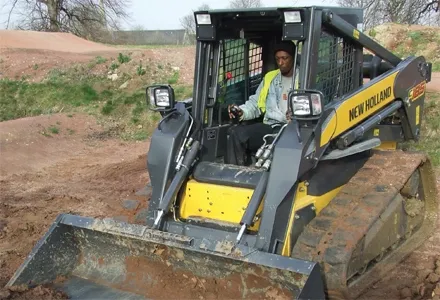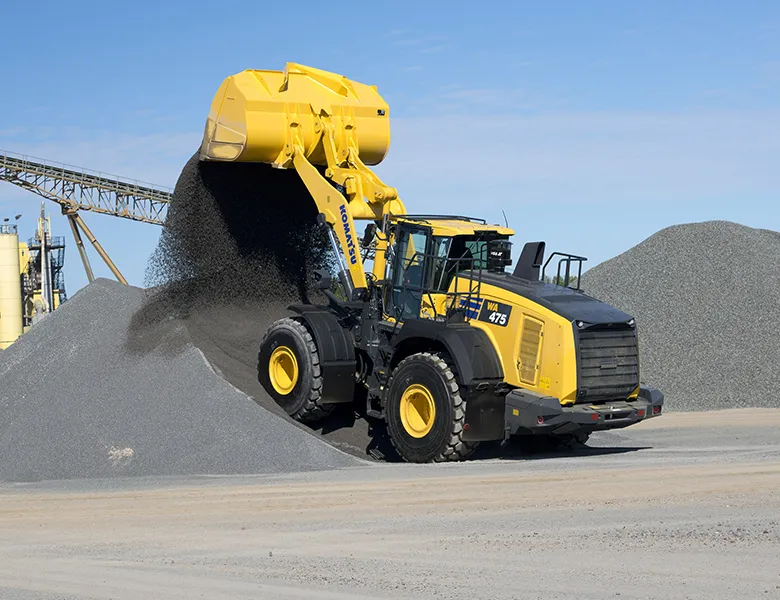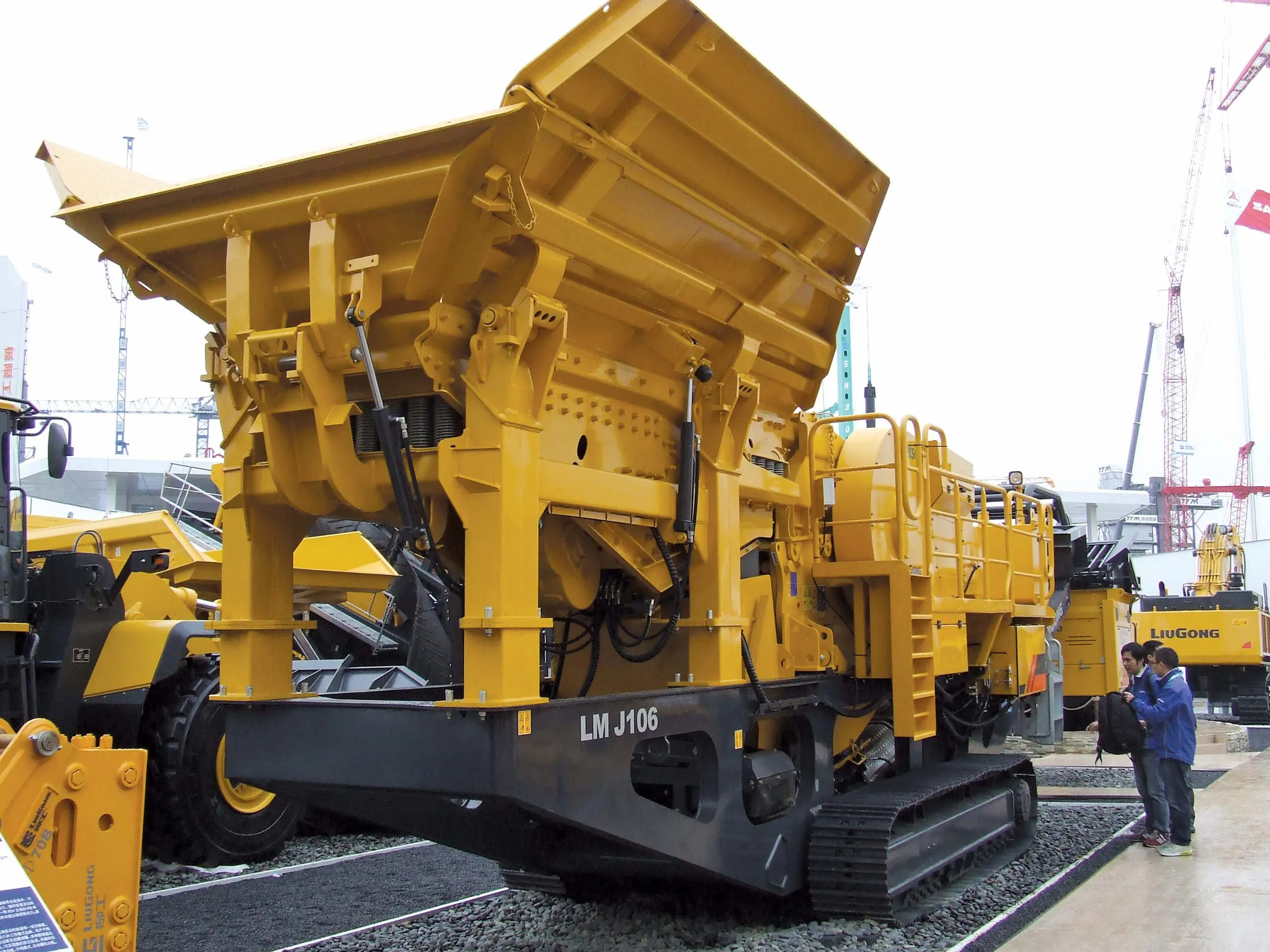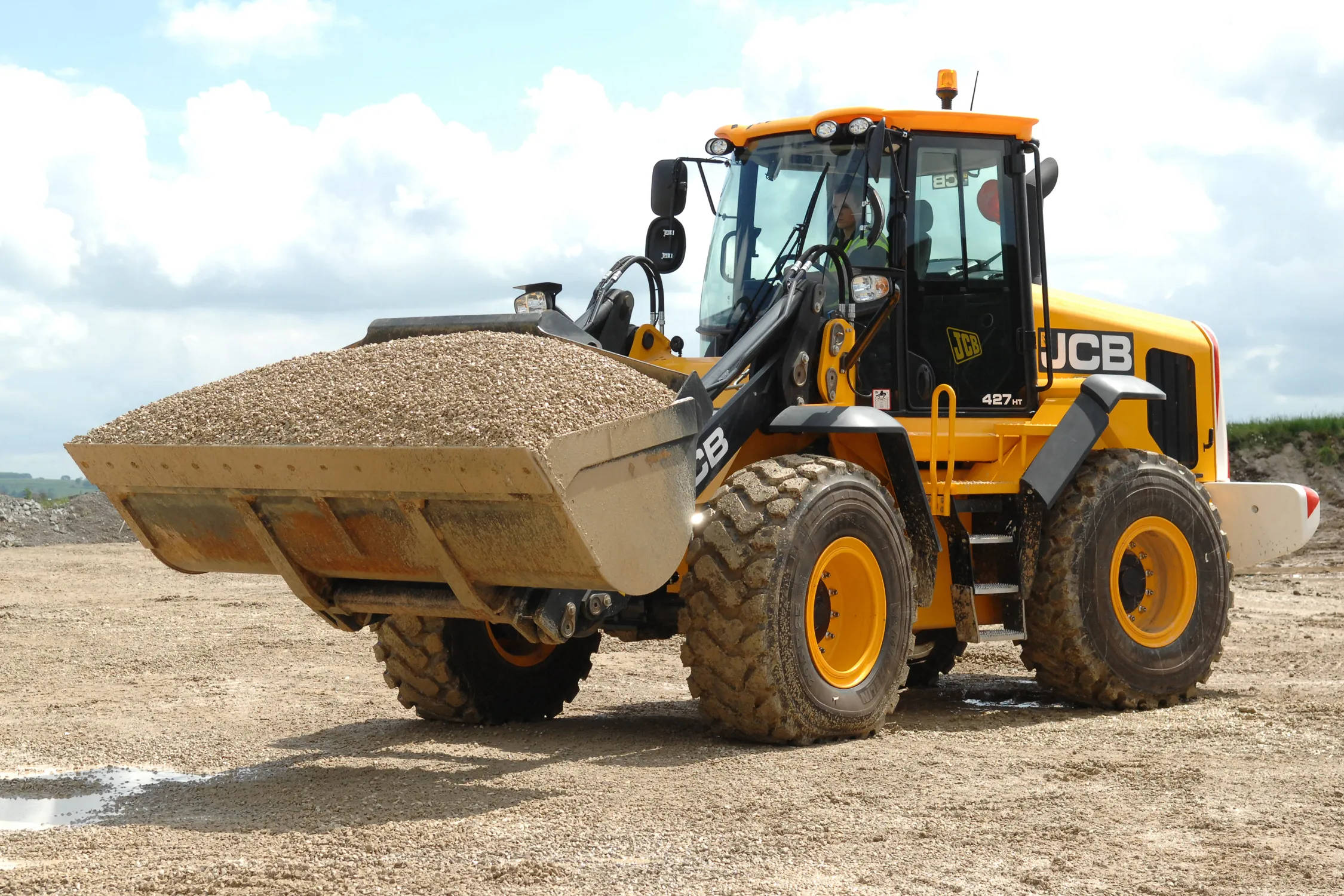A flick of a switch is what it takes to gain complete access to the engine compartment of Hyundai’s new HL960 wheel loader which is making its debut at INTERMAT. The 18tonne 960 is the first in the planned HL series, and will include the HL970, HL975 and HL980. Hyundai says the 960’s electrically operated engine cover is a big improvement on the HL 760-9A model. Mechanics on the HL960 do not have to work around several access doors, as on the 760, meaning they have more room for their work and, importantly
April 21, 2015
Read time: 2 mins
A flick of a switch is what it takes to gain complete access to the engine compartment of 236 Hyundai’s new HL960 wheel loader which is making its debut at 242 INTERMAT.
The 18tonne 960 is the first in the planned HL series, and will include the HL970, HL975 and HL980. Hyundai says the 960’s electrically operated engine cover is a big improvement on the HL 760-9A model. Mechanics on the HL960 do not have to work around several access doors, as on the 760, meaning they have more room for their work and, importantly, they can save time. The new wheel loader is powered by a Stage IV 168kW196 Cummins QSB6.7 engine and, with an all-new spacious cabin, is designed to be ergonomic and distinctive with softer and more eye-catching lines. For ease of maintenance, the engine hood can now be electrically opened revealing the complete engine. Special care has also been given to the redesign of the boom and the bucket. The HL960 is equipped with a standard 3.3m3 bucket which has been upgraded with an additional spill guard and changeable heel plates. Hyundai’s restyled cab is full of better creature comforts and is three to four decibels quieter than the previous version. A new electro-hydraulic joystick built into the adjustable armrest is used for all operations and replaces the previous hydraulic joystick control. A larger 18cm touch screen monitor can be operated even when wearing gloves. Hyundai said that by the end of the year, its HL-Series will be fully available to 7m3 bucket capacity.
The 18tonne 960 is the first in the planned HL series, and will include the HL970, HL975 and HL980. Hyundai says the 960’s electrically operated engine cover is a big improvement on the HL 760-9A model. Mechanics on the HL960 do not have to work around several access doors, as on the 760, meaning they have more room for their work and, importantly, they can save time. The new wheel loader is powered by a Stage IV 168kW









